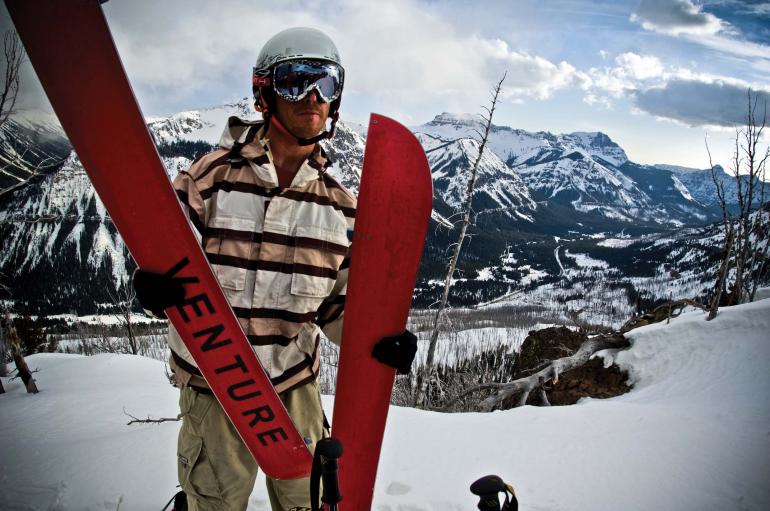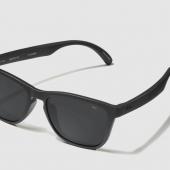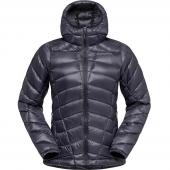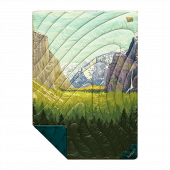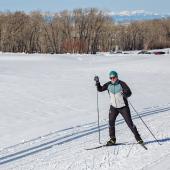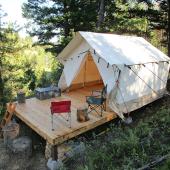Split It
For years I sat in humble awe on the chairlift, content to be carried to the tops of runs. Content to sip coffee and eat overpriced french fries in lodges with noisy tourists. At some point, all that chair-gazing awakened me to the perfect paradise just over the boundary ropes. So I began to explore it.
As a snowboarder, snowshoes were the first choice for backcountry travel for a dirtbag too broke to purchase a snowmobile. But snowshoeing with a heavy board strapped to my back was less than fun, so I decided to break my snowboard in half.
I bought a kit from Voile that turns snowboards into splitboards. A splitboard is just a regular snowboard that splits apart into skis, usually so you can put skins on and climb mountains without carrying said snowboard. You snap the two skis together once you're at the top, and down you go.
I stayed up until 3 am in the woodshop, cutting, drilling, and seemingly destroying what had been a perfectly broken-in snowboard. I was disappointed I had so mercilessly slashed the trusty old board in two and then shotgun-holed it up and down. It looked useless.
But the first time I took it out to Bridger, I was transformed. The wide skins stuck in the skin track like Velcro. The steady breath-step-breath-step pace of ascending was meditative, and my spine was happy to be without the bulky board. At the top of our run, the skins peeled off, and the two halves joined almost seamlessly, regardless of the wandering, PBR-infused saw rip. In the deep powder, it was indistinguishable from a regular snowboard.
As I was joining the halves and putting my poles in my pack, a light went on. I realized what converted me to snowboarding from skiing so many years ago: reduction. The snowboard is the least you need to descend a mountain; not two poles, not two skis, just one board. With reduction comes purity. There is less, so there is more.
I spent the next two seasons almost entirely on this board. The whole state was now my ski area, endless frozen waves to be surfed. The same can become true for you if you're looking for something new. You can go anywhere if you have the lungs, and you may discover yourself among millions of acres of untouched powder wondering why oh why you didn't do this sooner. The ski areas account for such a small percentage of shreddable terrain; the rest of it can be yours, for free.
Making your own splitboard is as easy as picking up a kit that has the parts and pieces you need. Voile is pretty much the only game in town in this arena, and the company's Split Decision kit offers a very reliable and solid setup if done properly. The kit comes with adhesive templates, so anyone with a basic mechanical aptitude can successfully split a board.
Step 1: Making the Cut
The first step to splitting a board is the actual splitting. Using a flexible straight edge, (a long piece of cardboard, factory edge, works fine) draw the center line with a permanent marker. Clamp the board to a bench and use a circular saw with a vacuum attachment. Surprisingly, your line doesn't have to be perfectly straight; closeness is what counts. Voile recommends that you soften the edges of the split sides with a file, but I suggest you leave the bottom edge sharp. This will give you better edging ability while skinning.
Step 2: Nuts and Bolts
The pivot hooks come next. With these bolts and the climbing-block bolts, you will countersink the heads flush to the bottom of the board. This is best done with the board clamped to the table of a drill press. It's easy to poke the countersink bit too deep into the board with a regular drill. The tip clips, track blocks, and touring brackets also come with label templates. Carefully placing these makes accuracy easy.
Step 3: Enjoy
At this point, the board will begin to make sense and resemble something useful again. This will come as a relief after so much sawing and drilling. Once you're standing atop your first run, with your board together after a successful ascent, you'll be proud for having done it yourself. Take the time to do everything right and your board will last a long time.
For more information about splitboarding, visit splitboard.com. As always, take appropriate precautions before exploring the backcountry.


